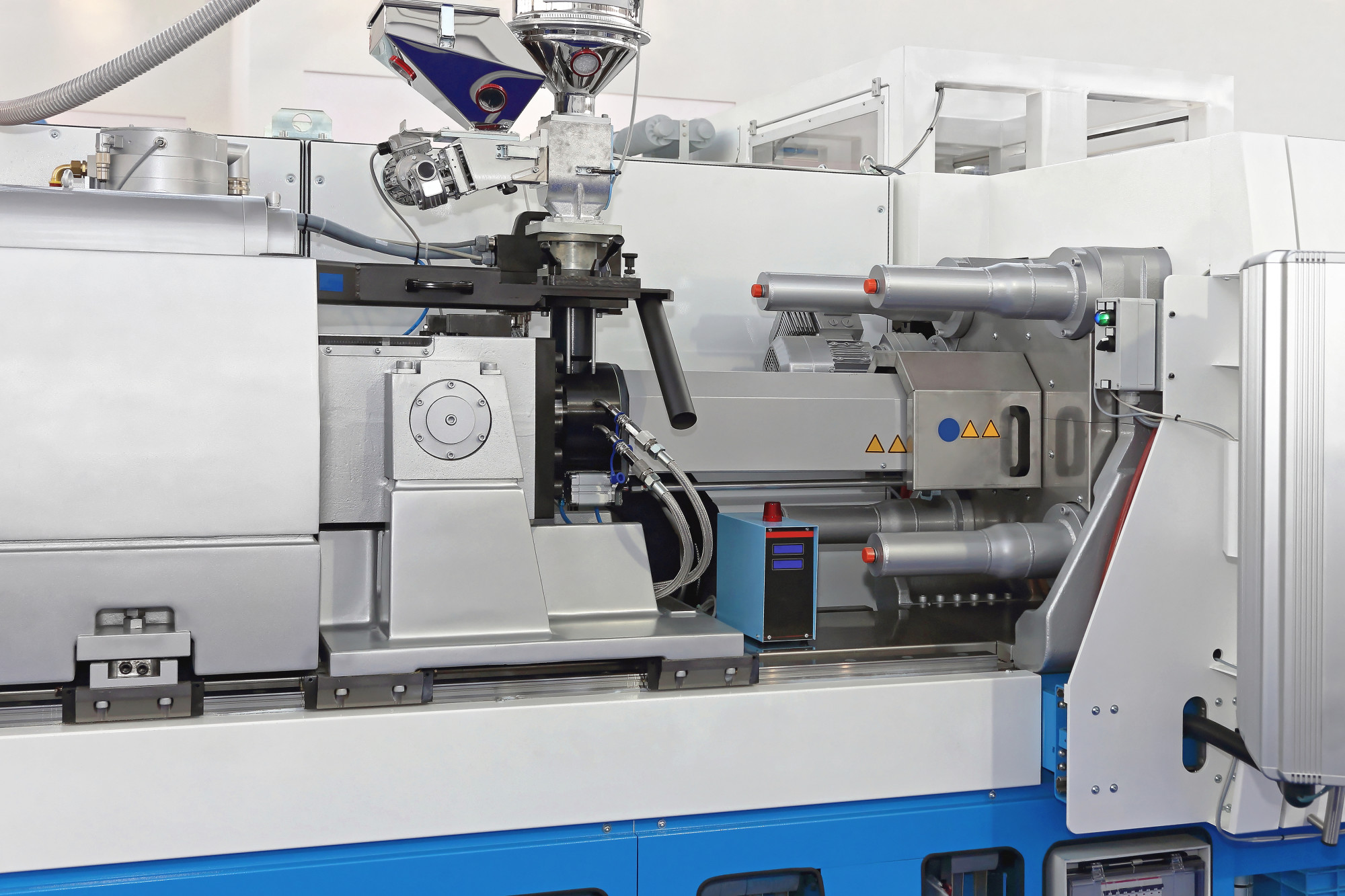
Even though initial upfront costs can be high, over time the cost of making the parts becomes very low. Therefore, understanding the process and capabilities of plastic injection molding for manufacturing purposes will help you decide if it’s right for your business.
Here is a beginner’s guide to injection molding parts!
The Basics
Thermoplastics, thermosets, and elastomers are polymers used in the injection molding process. When heated to high temperatures, these polymers become a free-flowing liquid. Injected into metal molding tools, then carefully designed producing a specific part(s) once cooled.
The Equipment and Injection Molding Process
The injection unit comprises a hopper that feeds plastic pellets into a chamber with a large heated screw running through its middle. The heated screw attaches to the cylinder and the motor. The cylinder and motor turn and push the screw forward as molten plastic feeds through it.
At the very end of the barrel is a nonreturn valve and nozzle that injects the molten plastic into the mold. The mold held together by a clamp with a stationary platen on one end, and a movable platen on the other end, forms the part.
The moveable platen is connected to tie rods and a clamping cylinder, which is forced together by the use of a hydraulic piston. Therefore, the piston acts as a powerful press pushing the platens together.
The Molding Tool
A two-plate mold, most commonly used, consist of one or multiple cavities. In addition, a molding tool also has a distribution channel, ejection system, and cooling system.
The distribution channel allows polymer melt flow from the injection nozzle into the molding tool cavity. Within the distribution channel are a sprue leading from the barrel nozzle into the mold. Then there are runners leading from the sprue to the cavity, and gates that constrict the molten plastic within the cavity.
Cooling systems connect to external pumps allowing water to circulate within the cavity, in order to cool the plastic. Ejection systems consist of ejector pins that help eject the cooled part from the molding tool cavity at the end cycle.
Injection Molding Parts
Designing parts that work well with injection molding is crucial. Retooling molds after the initial design is expensive and labor-intensive. So, typical of these parts include joints, brackets, and housings.
Using injection molding housing parts is ideal. They allow for minimal components and easy assembly. For example, housing parts can also function for multiple purposes—housing unit, outer shell, and interactive piece such as handles, etc.
Considerations
Creating and designing injection molding parts takes careful planning and expertise. Production becomes capable at a massive scale once the initial process of designing the part and creating the molding tool has been figured out, production becomes capable at a massive scale.
So, if you found this article helpful, check out four advantages injection molding has over rotomolding.
